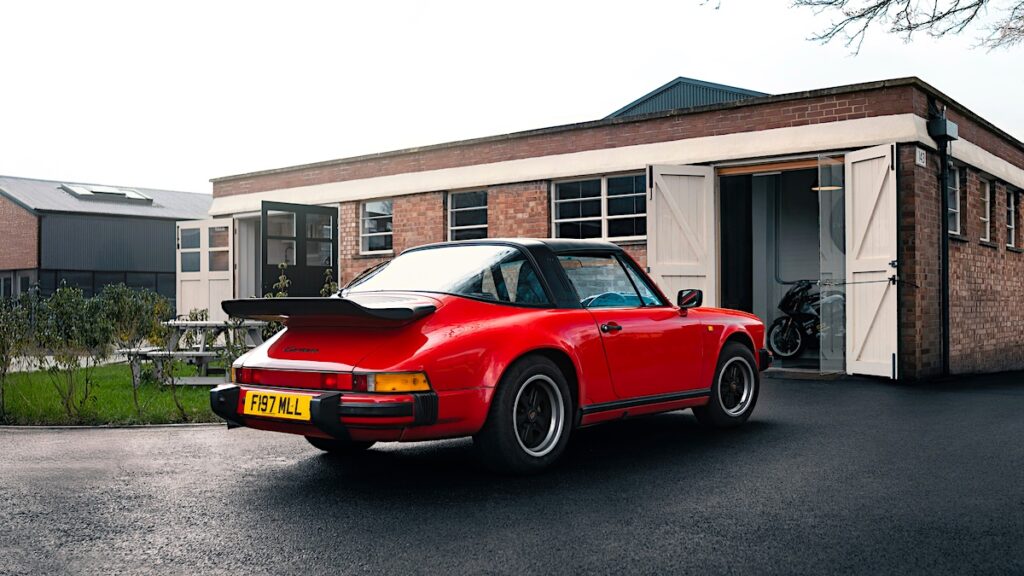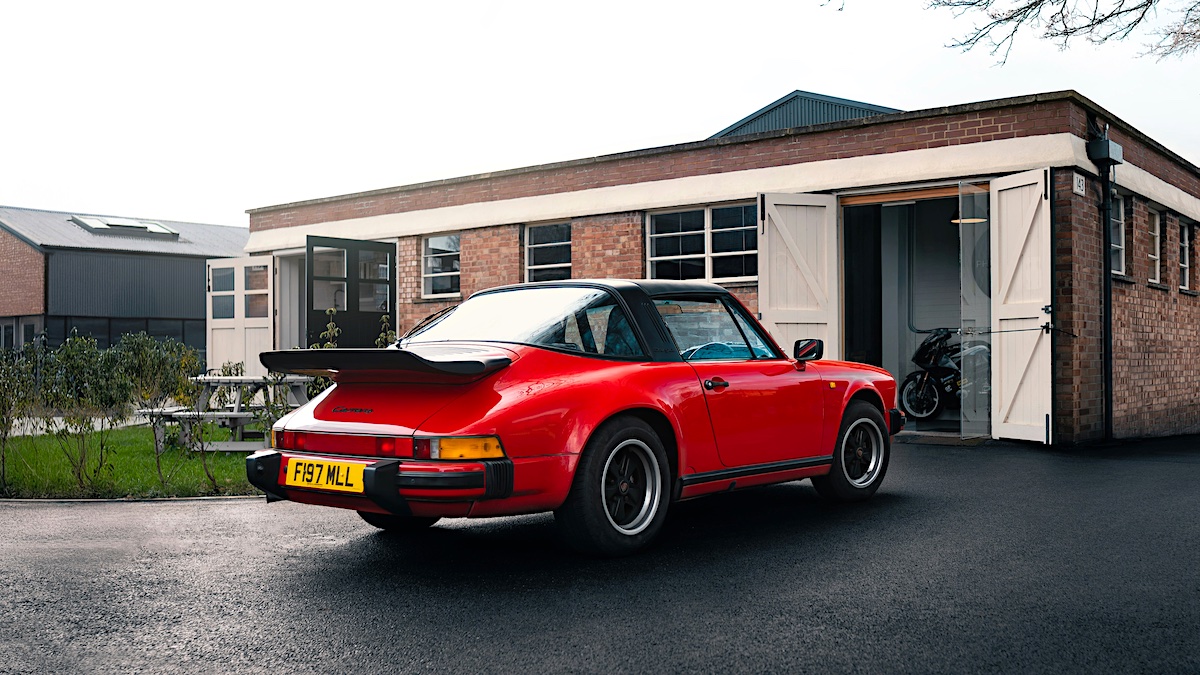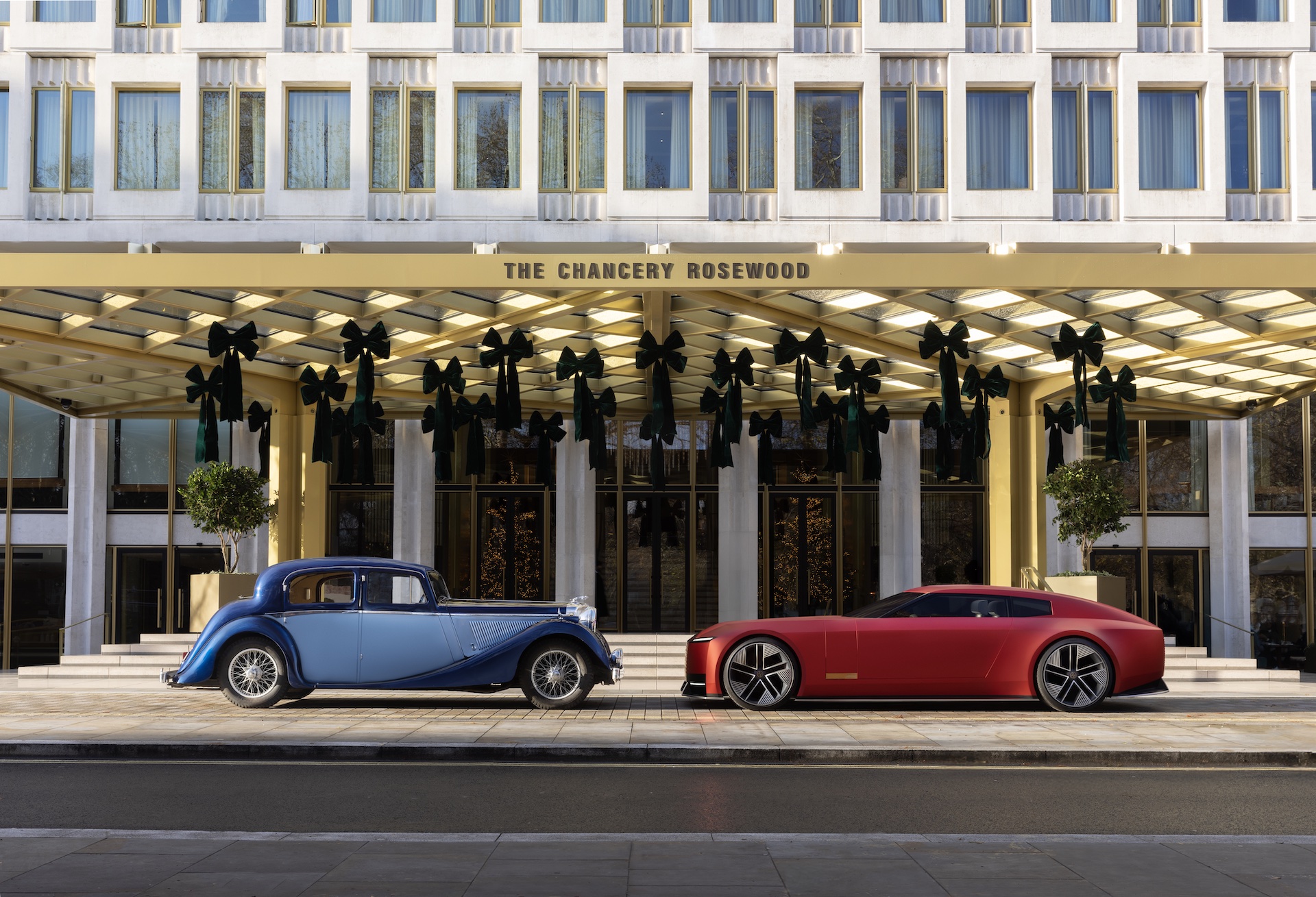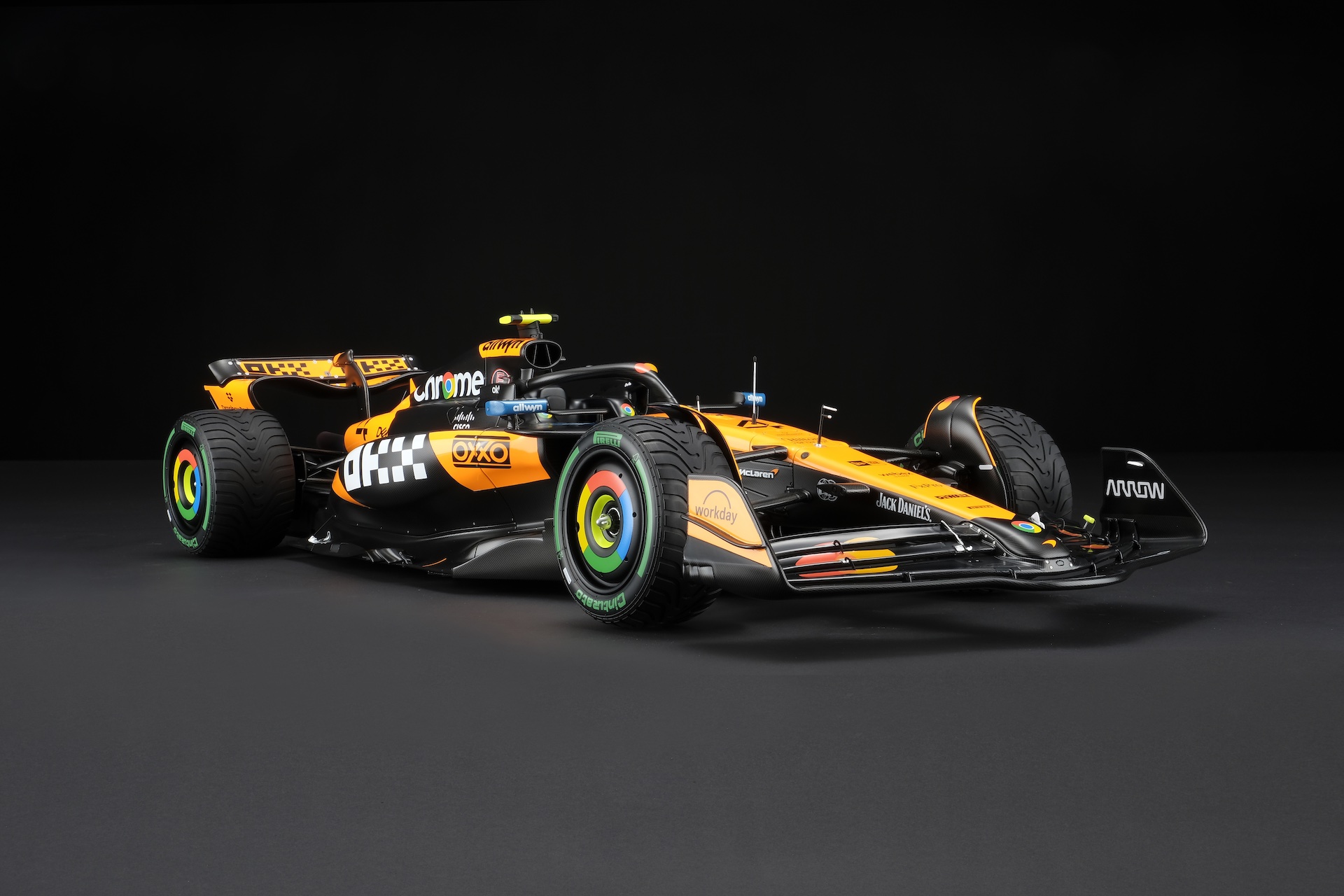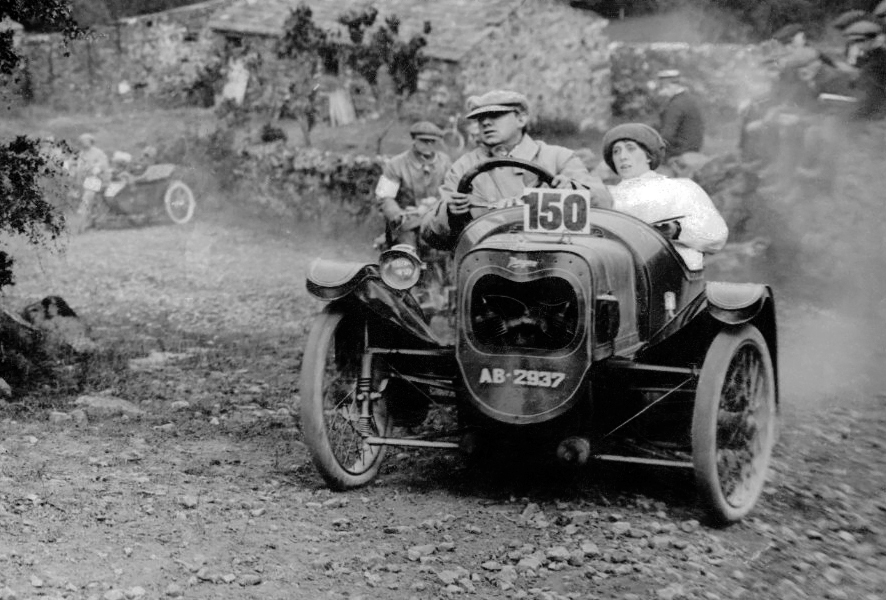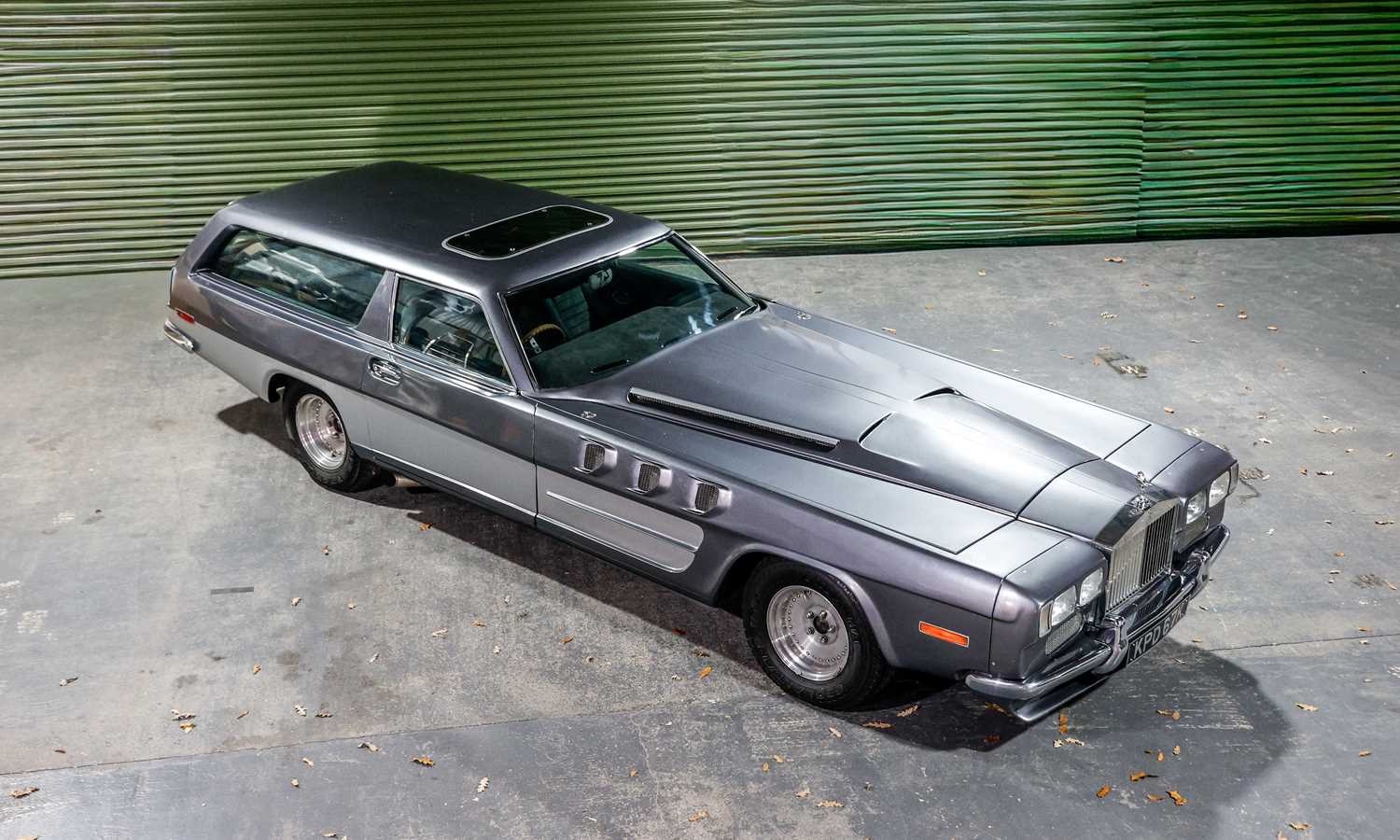A study from the UK has revealed that more classic cars are on British roads than ever before, while classic motoring is getting greener in the process, too.
Findings reported by loop, a specialist automotive PR and communications agency, reveal that Brits are driving over twice as many classic cars as they were a decade ago, with 1,059,919 cars that are at least 30 years old on UK roads as of December 2024.
Despite this, there has only been a 34 percent increase in CO2e emissions for the segment since 2013 due to a reported 16 percent reduction in average vehicle emissions from 899kg to 757kg per car.
Indeed, the segment as a whole only contributes to 0.30 percent of the UK’s total transport emissions, tallying 338,413 tonnes CO2e. The way these figures are calculated is discussed in loop’s previous 2022 report.
As loop points out, this indicates that “a year’s motoring in a typical classic car has roughly the same environmental impact as an average household’s emissions for a week and a half”.
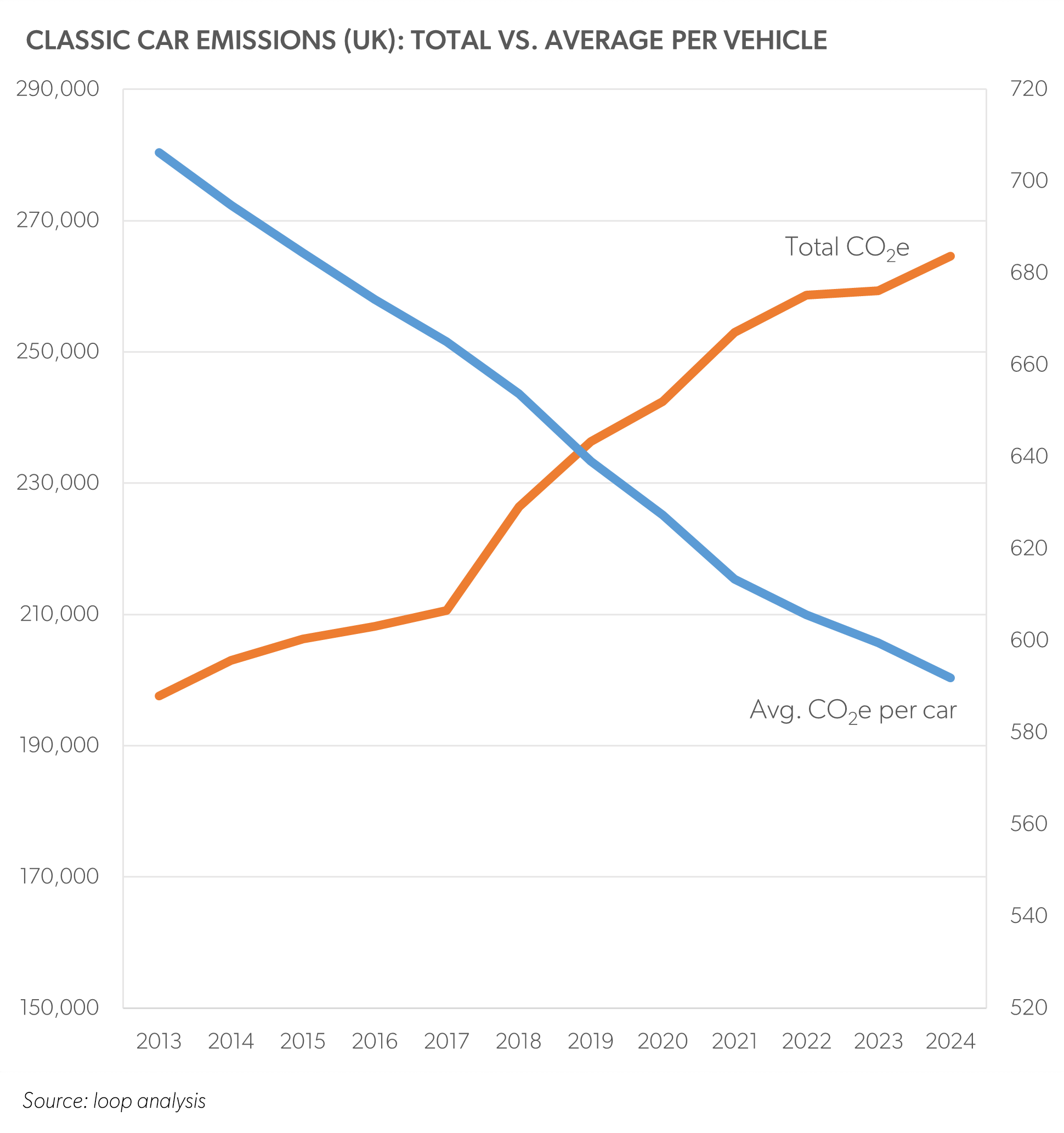
This reduction in each car’s environmental impact is largely attributed to modern classics that join the classic car bracket with each passing year, with cars closer to 1995 offering fuel-saving technologies such as fuel injection and electronic ignition.
This reduction in per-car emissions is also despite an increase in how much Brits are driving their classics. After a period of decline, average annual mileage has actually risen every year from 2022-24. At 1535 miles (2470km) per year, it’s now back at the same level as 2013.
“Ten years ago, there were roughly 18,000 cars on our roads that were exactly 30 years old. Today there are nearly 70,000. In fact, there are now more 30 to 33-year-old cars than the total number of classics of any age a decade ago,” explains Alex Kefford, head of editorial at loop.
“This influx of young-timers is having a positive impact on the classic sector’s overall emissions, as they bring greater fuel efficiency and tighter emissions controls with them, helping to offset what would otherwise have been a doubling in the environmental footprint of our motoring heritage.”

Classic car ownership in Australia
Here in Australia, there’s actually a similar number of classic cars on the road. A study conducted in 2024 by the Australian Motor Heritage Foundation, ‘historic vehicles’ represent around 4.4 percent of those on our roads.
Figures from carsales would indicate this represents around 970,000 of an estimated 21.8 million vehicles on Aussie roads.
The same AMHF study found that historic vehicle owners spend an estimated $10,240 on each vehicle every year, 12.5 percent more than the average motorist.
It should be noted, though, that this equates to an important economic benefit, with the historic vehicle segment providing 78,670 jobs nationally – 42,150 of which are direct – and generating approximately $6.2 billion in salaries and wages ($2.8 billion direct).
While there hasn’t been an Australian study conducted that looks at the environmental impact of classic cars in our country, it would be fair to assume the UK numbers would map similarly due to the similar number of classic vehicles in both countries.
It should also be noted that outside the owners of classics, the average passenger vehicle in Australia (12,100km) and the UK (11,900km) covers a similar distance each year, further indicating the numbers should translate evenly.

